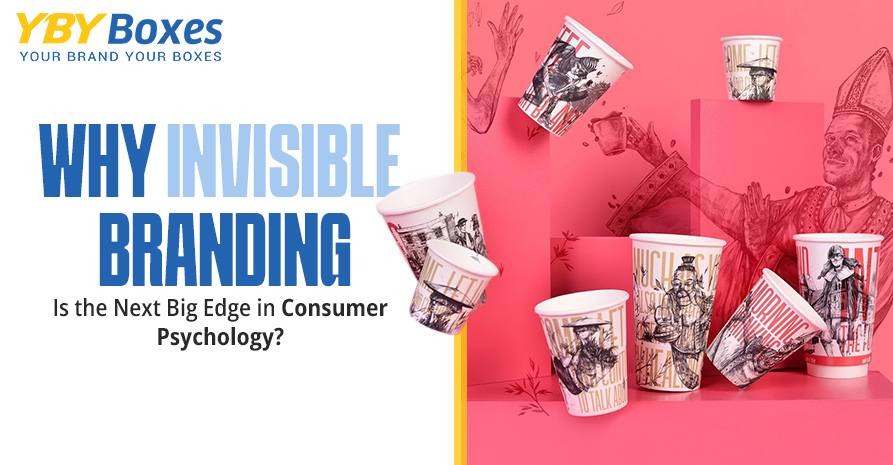
-
Office Timings Mon - Fri 09:00 am 5:00 pm

Thousands of advertisements are seen by customers on a daily basis, but do you know which are the most powerful brands? Those brands that say less but mean more. Invisible branding is quietly showing how brands interact with customers.
Some think that the purpose of branding is only fulfilled when it’s done with louder logos and bright colours, but it’s not true. Maybe you heard invisible marketing before or not? Let’s discuss why it will be the next big edge in consumer psychology.
Consumer psychology varies from customer to customer. Not all customers have the same level of liking & disliking sense; some might be attracted by appealing packaging, while others would get attracted through invisible marketing efforts.
It’s not about being unseen, it’s about being felt silent without showing appealing graphics, colours & more. It ultimately focuses on emotional connection rather than the promotion of items in a traditional way.
In short, it’s a kind of branding that is done without noise & any drama.
Human psychology processes most decisions emotionally before logic even comes in. Those brands that know how to precipitate feelings of comfort, trust, and familiarity without doing any type of aggressive advertising win in the long run.
Priming, cognitive fluency, and implicit memory are famous psychological principles that are central here. When customers face subtle branding cues frequently, they feel valued, and it forms a long-lasting relationship that they can’t forget ever.
Due to fake ads and marketing efforts, customers today are doubtful. They skip ads, don’t trust brands’ promises, and demand authenticity. Brands that try too hard or forcefully convince customers lose their trust.
Rather than forcing customers with fake marketing tactics, it would be great to provide them with the genuine value they expect from brands. Focus on real problems and solve them with meaningful experiences to make them feel special.
Invisible marketing can’t be done accidentally; it needs to be done after careful strategy and planning. Famous brands like Apple, Muji, and Patagonia already know how to do it right. How do these brands incorporate invisibility into their marketing?
The design and user experience of Apple work far better than traditional ads. Every product interaction reinforces its simplicity, innovation, and promise.
The interesting thing about Muji is that they sell their products even without a brand logo. Seems unbelievable, but it’s true. It proves that marketing can be done with a simple slogan, rather than by showing stylish logos.
Patagonia sells its products by using environmental transparency as its brand voice. This authenticity resonates with conscious customers who prioritise integrity over image.
Gone are the days when brands could rely only on marketing promotions. Now is the time when consumer psychology matters more than ever. Meaningful experiences require careful planning, strategy, and proper execution.
As time goes on, brands are moving toward trust-driven marketing. And to be honest, if you understand how the idea of invisible, trust-driven marketing works with consumer psychology, you could hardly be defeated by anyone, even in fierce competition.